We’ve all heard the term sustainable fashion banded around but what does mean? How do you know what’s ‘sustainable’ and what isn’t?
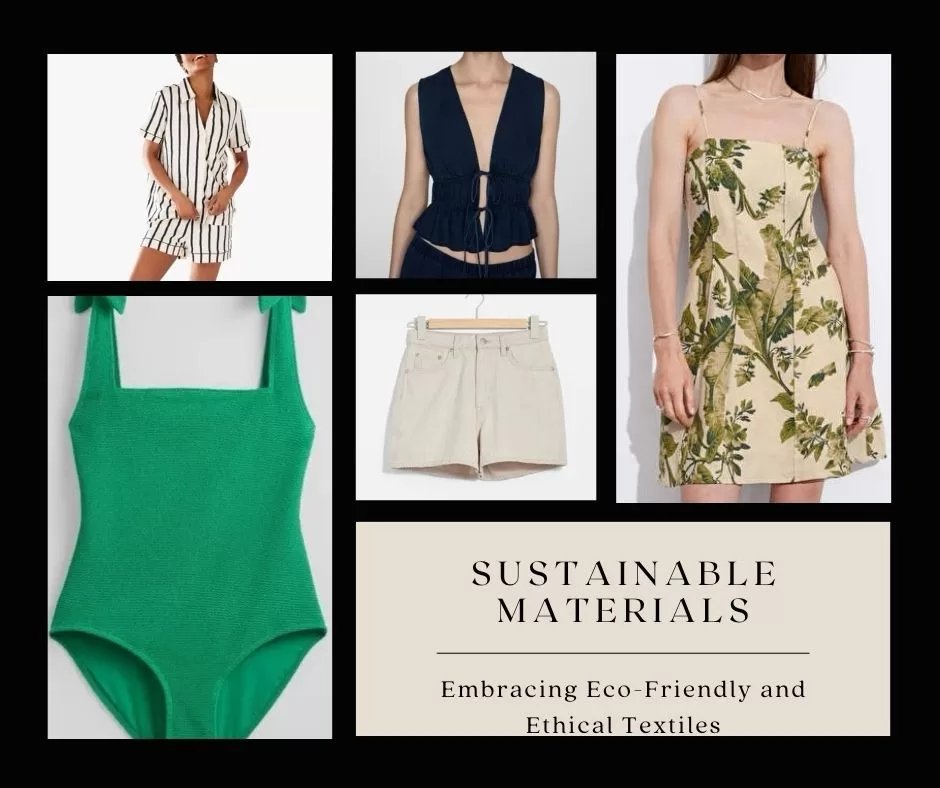
Following on from our Guide to Conscious Fashion, understanding the materials used in clothing production is crucial for reducing our environmental impact and supporting responsible practices.
In this comprehensive guide, we’ll explore the definition of sustainable materials and delve into the eco-friendly and socially responsible textiles that are revolutionising the fashion industry.
What are Sustainable Materials?
Sustainable materials, also known as eco-friendly materials, are those that minimise negative impacts on the environment and communities throughout their life cycle, from production to disposal. These materials are often derived from renewable or recycled sources, and their production processes aim to conserve natural resources, reduce waste, minimise pollution, and prioritise fair labor practices and ethical standards.
Sustainable Materials in Fashion: The Eco-Friendly and Ethical Textiles
From organic cotton to innovative plant-based fibers, the fashion industry is embracing a wide range of sustainable materials to create stylish, environmentally conscious, and socially responsible garments. Let’s explore some of the most popular eco-friendly and ethical textiles:
Organic Cotton:
Organic cotton is grown without harmful pesticides and synthetic fertilisers, making it a more environmentally friendly choice for clothing. This reduces soil and water contamination and promotes biodiversity. Certifications from organisations like the Global Organic Textile Standard (GOTS) and the Organic Content Standard (OCS) verify that organic cotton meets strict environmental and social criteria throughout the supply chain.
Additionally, Fair Trade Certified and Fair for Life ensure fair wages and safe working conditions for farmers and factory workers.
However, one drawback is that organic cotton can require more land and water compared to conventional cotton due to lower yields, potentially making it less efficient in terms of resource use.
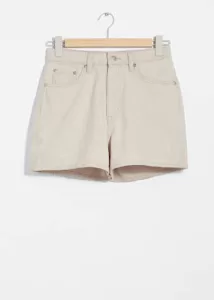
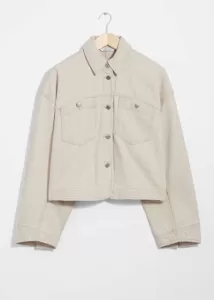
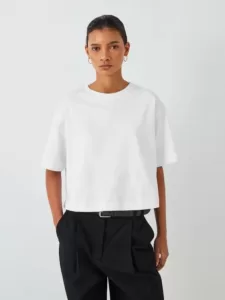
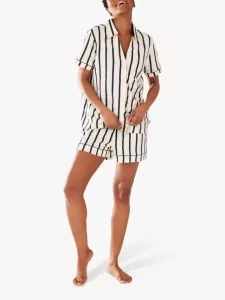
Tencel/Lyocell:
Tencel, also known as lyocell, is a fibre made from sustainably sourced wood pulp, typically from eucalyptus trees. The production process involves a closed-loop system that recycles water and solvents, minimising environmental impact.
Tencel is certified by organisations such as the Forest Stewardship Council (FSC) and the OEKO-TEX Standard 100.
One drawback of Tencel is that, despite its eco-friendly production, it requires significant energy and chemical use, albeit in a controlled and efficient system.
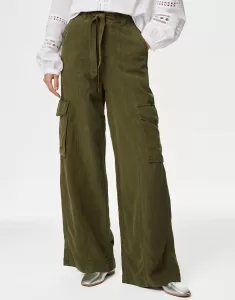
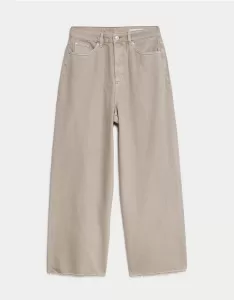
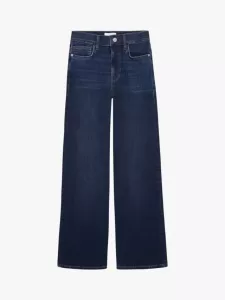

Linen:
Linen is made from the flax plant, which requires fewer pesticides and fertilisers compared to other crops, making it an eco-friendly option. It is highly durable and biodegradable.
Look for certifications from the Alliance for European Flax Linen and Hemp and OEKO-TEX Standard 100.
However, linen production can be labor-intensive and water-intensive during the retting process, where the plant is soaked to separate the fibres.
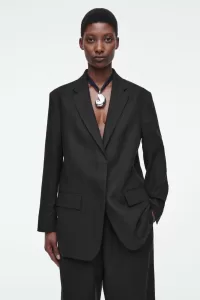
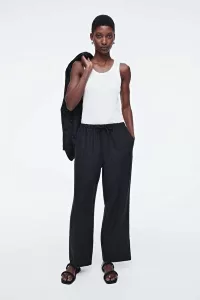
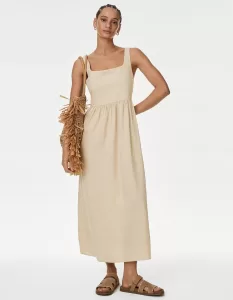
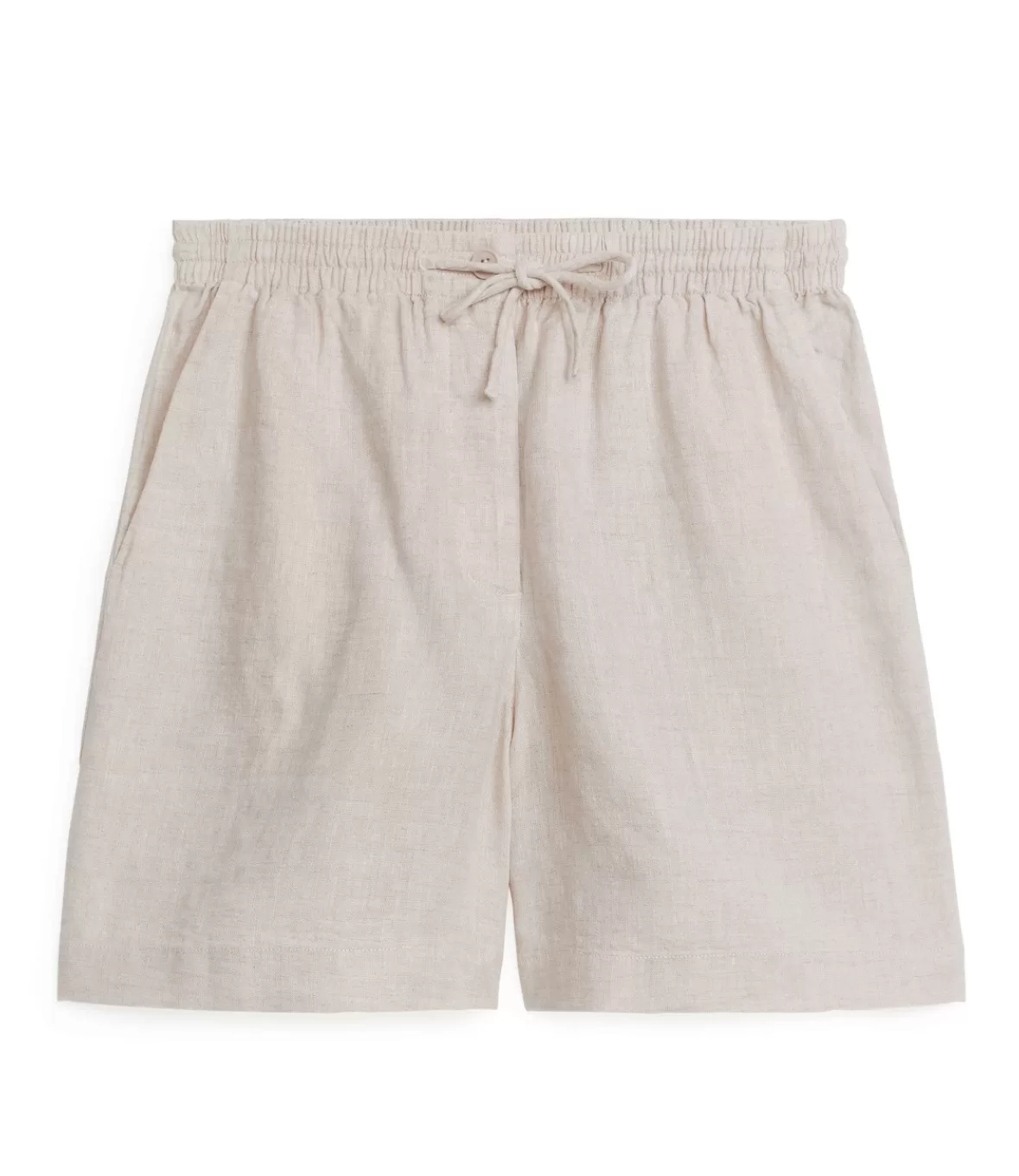
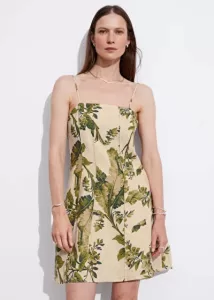
Recycled Polyester:
Recycled polyester is made from post-consumer plastic bottles, reducing waste and conserving resources compared to virgin polyester. It is often certified by the Global Recycled Standard (GRS) and the Recycled Claim Standard (RCS).
The main drawback is that recycled polyester still sheds microplastics during washing, which can contribute to ocean pollution. Additionally, the recycling process itself can involve harmful chemicals.
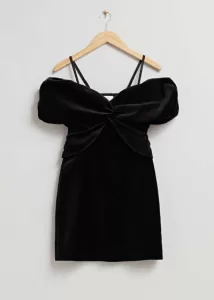

Bamboo:
Bamboo fabric, often marketed as bamboo rayon or viscose, is derived from bamboo plants, which grow quickly and require minimal pesticides. Certifications from FSC and OEKO-TEX Standard 100 can verify sustainable practices.
However, the process to convert bamboo into fabric typically involves harsh chemicals, which can negate some of the environmental benefits. Look for lyocell bamboo to avoid this issue.


Hemp:
Hemp is a highly sustainable crop that grows quickly, uses minimal water, and requires few pesticides. It produces strong, durable, and biodegradable fabric. Certifications from the Global Organic Textile Standard (GOTS) and OEKO-TEX Standard 100 ensure quality and sustainability.
The drawback is that hemp can be coarse and requires extensive processing to soften, which can be energy-intensive.
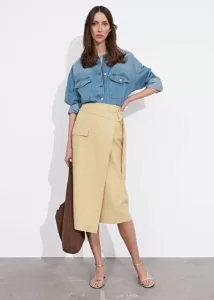
Piñatex:
Piñatex is an innovative leather alternative made from pineapple leaf fibers, a byproduct of the fruit industry, making it a sustainable option. It is certified by the Cradle to Cradle Certified and PETA-Approved Vegan standards.
One drawback is that Piñatex can be less durable than traditional leather and may require additional coatings, which can reduce its biodegradability.
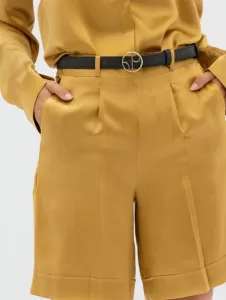
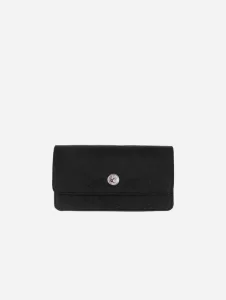
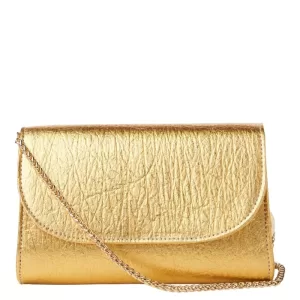
ECONYL:
ECONYL is a regenerated nylon made from waste materials such as fishing nets and fabric scraps. This process reduces landfill waste and conserves resources. It is certified by the Global Recycled Standard (GRS).
However, similar to recycled polyester, ECONYL can release microplastics during washing and involves energy-intensive processes for regeneration.
You usually find this material in swimwear.
Materials to avoid?
When considering sustainable fashion, it’s important to be aware of materials that may have negative environmental impacts. Conventional cotton, for instance, often requires significant water usage and relies heavily on pesticides. Polyester, while durable, is derived from petroleum and releases microplastics during washing. Leather is a complex material – it’s long-lasting, which can be a sustainability advantage, but traditional production methods often involve harmful chemicals and raise ethical concerns.
Acrylic, another petroleum-based synthetic, doesn’t biodegrade easily. Viscose (also known as rayon) is derived from natural cellulose but its production can contribute to deforestation and often involves harsh chemicals. However, some brands are now producing more sustainable versions of viscose.
Fundamentally, it’s about being mindful. We should buy less and wear our clothes for longer. When shopping, it’s advisable to check labels carefully and research brands’ sustainability practices. Look for eco-friendly alternatives like organic cotton, recycled polyester, or responsibly sourced leather. For viscose, seek out “eco-viscose” or consider alternatives like Tencel or Lyocell.
By being informed about both sustainable materials and those to avoid, you can make more environmentally conscious choices for your wardrobe.
Share your favorite sustainable and ethical fashion brands or materials in the comments below, and let’s continue to inspire and empower each other on this journey towards a more sustainable and just future in fashion.
If you enjoyed this post, remember to like, subscribe, and follow me on Instagram at @lifeTREstyle. Stay stylish and see you next time!
Please note that some of the links in this post may be affiliate links. This means that if you make a purchase through those links, I may earn a small commission at no extra cost to you. Your support helps me maintain this blog and continue providing valuable content. Thank you for your understanding and for being part of this community!
- 10 Innovative Work-Life Balance Strategies for London’s Ambitious Women
- London Heatwave Survival: 6 Sweat-Proof Makeup Must-Haves for Commuters
- Mid-Year Career Audit: How to Assess and Realign Your Professional Goals
- Sustainable Materials in Fashion: Embracing Eco-Friendly and Ethical Textiles
- 4 Body Creams for Dry Skin